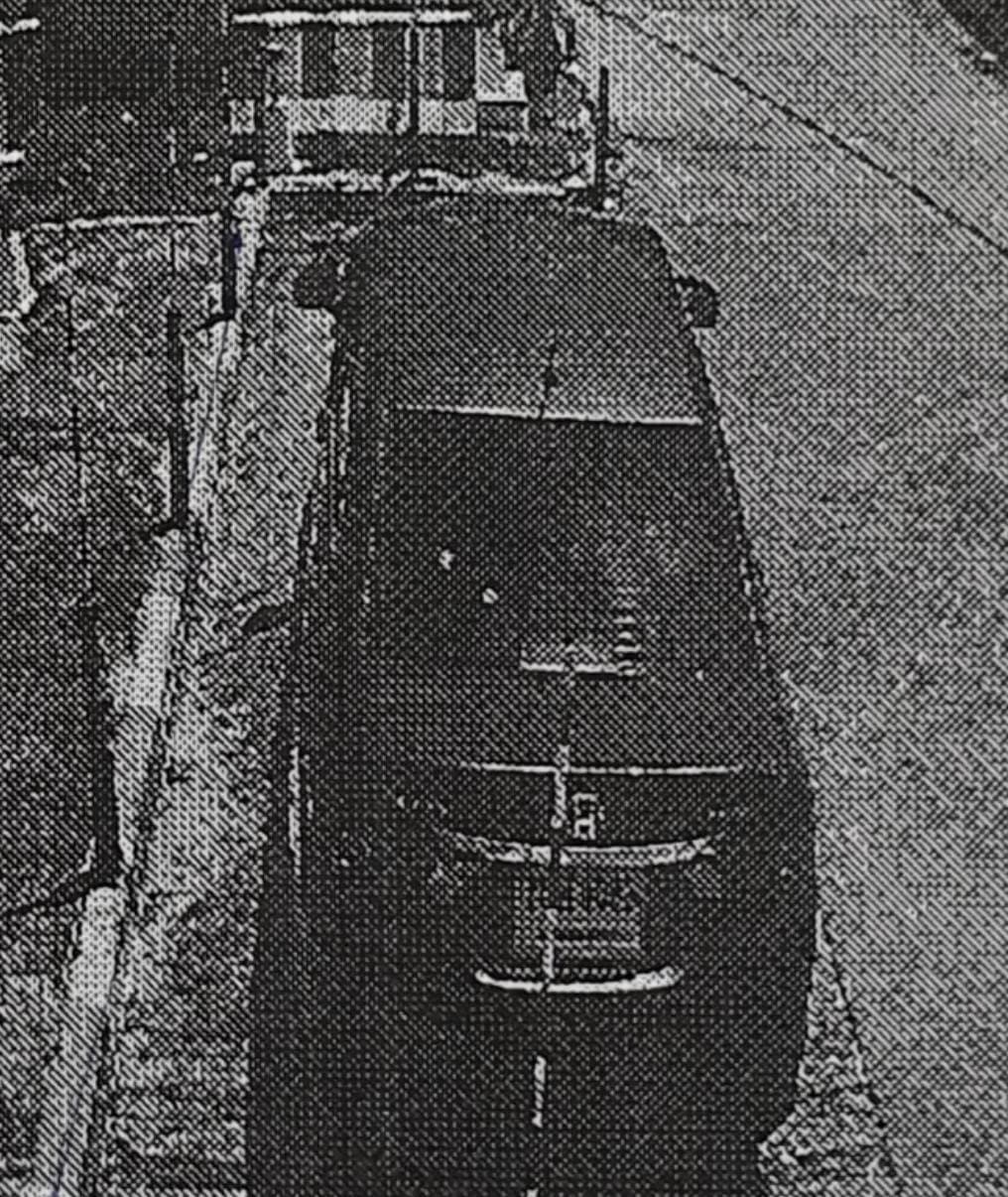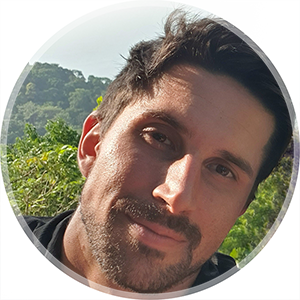Getting The Thai Driver License
Note that this is just based on my recent experience and you should do your own research on how you want to proceed in your specific situation
I recently found myself in the peculiar situation where my European driver’s license had expired and I couldn’t renew it, since I’m no longer living in my home country. The only option if I wanted to drive legally was to take the license in Thailand – from scratch. If you’re in the same situation, here are some things that might help:
You can contact an agent that will help you with the process. But if you, like me, want to introduce some extra stress and confusion (or shall we call it excitement?) into your life, you can also choose do it on your own.
Go to the DLT early (I went to this office but you go to whichever is closer to you), around 7:30am, on a Wednesday morning. There’ll be a line of people waiting. Once the DLT office opens, you go inside and will see the dedicated line for foreigners. It’s usually short if you arrive early enough. You need to bring:
-Passport.
-Medical certificate specifically for driver’s license (you can get it at most clinics for a couple hundred baht, I got mine at MedConsult Clinic). Note that the medical certificate can not be older than 30 days when you register.
-Address registration papers. I got mine from my embassy, but I’ve heard you can also get copies from immigration.
In addition to the original, you need two copies of all documents, but you can get that for a just a few baht per copy on the first floor, to the right after you enter.
Once you’ve registered you’ll be shepherded through the process. There’s a second window you need to bring your papers to for registration. After this there’s a kind of reaction and eyesight test, done in a room with machines looking like arcade games. You have to press the brake pedal when a light goes red, for example. You’ll not have any issues here if you just listen to the instructions.
After this there’s a video on Thai road regulations you’ll have to watch together with the other students. It takes about 2,5 hours or so. Then there’s a lunch break. Before the break, you get access to a practice test, a kind of demo of what’s to come later. It’s a Google form that you can open on your phone or laptop.
After lunch (where to eat? I took a short bike ride to May Veggie Home which is close enough to still have time for a relaxing lunch) you watch another video that’s specifically for foreigners. It’s this one (although I’d recommend not to watch it now as you will have to sit through all 45 minutes again later on).
After the videos, you take the theoretical test. It consists of 50 questions randomly selected from a larger pool of questions. You need to score 45/50 to pass. It can be tricky if you’re unlucky with the selection of questions, as some are quite difficult to interpret, maybe due to the translation. If you fail (which I did - at 44 points, of course), you can come back the next day. If you’re doing license for both car and bike (you need to tell them this when you first register), you do the test twice, even though the pool of questions are the same.
When you clear the theoretical test, you will most likely (depending on time of day) be able to do the practical driving test right away. If not, you schedule a day that works for you.
The practical test consist of 3 stations placed along a circuit with tests you’ll need to pass. You won’t have to redo the ones you pass later if you fail any of the others. You can rent a car for 100 baht. Most Thai people arrive on their own and with their own cars. How this works logistically, or rather legally, I’m not sure.
The stations are:
1. Stop close to the curb. This one is simple. You drive forward, and when you come to a traffic light you need to stop no more than 25 cm away from the curb.
Between station one and two, you drive over a little bridge that has a stop sign (although the stop sign has fallen over, so you won’t see it. But it’s there.) and stop on the bridge.
2. Drive forward to then reverse in a straight line back to the beginning of the station.
3. The last station is the parallel parking. I failed this station twice (!). The first time the bumper of the car swung slightly over the curb (not touching anything, mind you) and the second time I kept some extra space but apparently too much (you need to keep the maximum of 25 cm here as well). I recommend you watch this video closely, where a gentleman shows you in detail how to clear this station. Especially if you’re not used to left-hand traffic it is good to have some markers for when to turn for a perfect parallel parking.
 My glorious second fail
My glorious second fail
If you fail any of the stations, you have to wait three days until you’re allowed to try again.
The bike goes around the same circuit, but the stations are different. There’s a stop sign, a balancing act where you drive on a narrow elevated part of the road, and a slalom kind of track where you drive around cones.
That’s it! When you’re done, you go in to take pictures and get your driver’s license. Note that you get a temporary license first, that is changed for a permanent one after 2 years.


